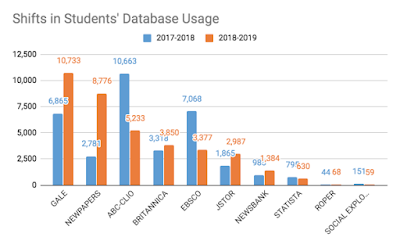- Research questions
- Works cited lists
- Thesis statements
This research paper, which is assigned in English, uses The Great Gatsby's examination of social class, equity, and The American Dream as a launchpad for research. Students choose their own topics for research. We classified our juniors' research questions into 11 broad categories:
As one reviews the above classifications, it is surprisingly easy to let ones' personal viewpoints influence expectations about the subcategories that could nest under each parent classification. Go ahead. Give it a try.
... pause
Our juniors are independent thinkers who are grappling with current issues in their own way. They are bringing their experiences, interests, and ideas to their understanding of, and predictions about the world they will inhabit as adults.
We compiled all 138 research questions we have seen so far into word clouds, which are images composed of research questions in which the size of each word indicates its frequency of use.
- Civil/Equal rights/Discrimination/Social justice
- Cultural messaging
- Education
- Family
- Law enforcement/Military/National security
- Mental/Physical Health/Wellness
- Politics
- Prosperity/Business
- Science
- Social pathology
- Technology
The chart below shows how many students gravitated to each topic.
... pause
Our juniors are independent thinkers who are grappling with current issues in their own way. They are bringing their experiences, interests, and ideas to their understanding of, and predictions about the world they will inhabit as adults.
We compiled all 138 research questions we have seen so far into word clouds, which are images composed of research questions in which the size of each word indicates its frequency of use.
This deep dive into our junior's curiosity provides us with ideal collection development information. We are building a research pathfinder to help our learners access seminal work on their topics in a variety of formats.
- articles
- books
- radio or podcasts
- video
and also ideas and people that/who are getting a lot of traction in the media.
The pathfinder is a work in progress. This exercise will guide our next additions and revisions. For example, our book recommendations need to be reorganized. We have the right books, but our classifications do not consistently align with students' research questions. For example, we placed books on race relations under civil rights, but student research questions in that category focused on women's rights. Students who chose to examine race did so through the lens of either education, law enforcement, or prosperity.
Student work informs our practice. Co-teaching with our colleagues empowers us to improve our collection, our instruction, and ultimately student achievement. We are very fortunately to teach in such a collaborative learning community. Have a wonderful holiday.





































